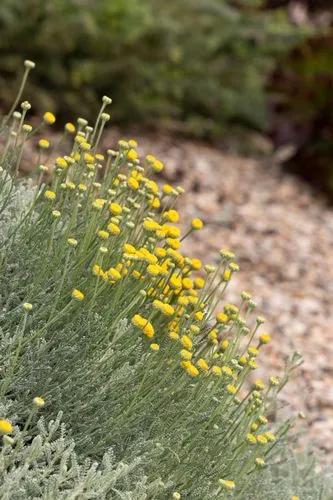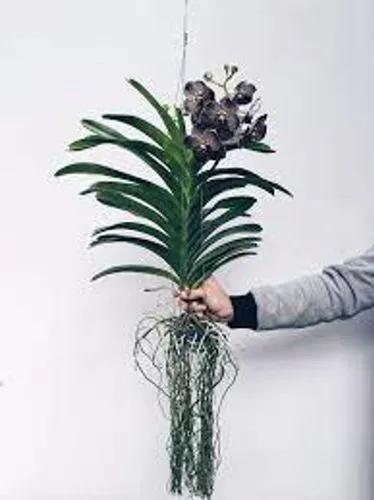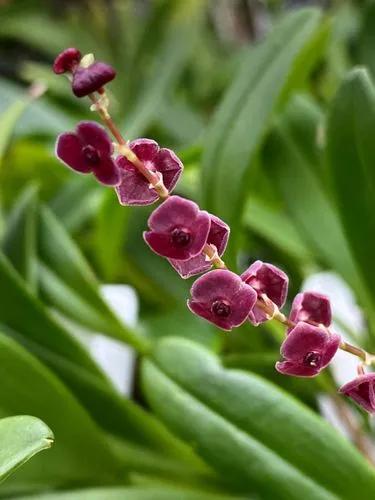A herbaceous plant, it grows to 30–50 cm (12–20 in) long, often lying flat on the ground or supported by other plants. Its vernacular names include woodruff, sweet woodruff, and wild baby's breath; master of the woods would be a literal translation of the German Waldmeister. It is sometimes confused with Galium triflorum and Galium verum. It owes its sweet smell to the odiferous agent coumarin, and is sometimes used as a flavoring agent due to its chemical content.
Galium Odoratum Care
Galium Odoratum
Other names: Sweetscented Bedstraw



How to Care for the Plant

Water

Water only occasionally; during summer water can be done more often.

Sunlight

Partial shade to full shade.

Soil

Tolerates average, well-drained, dry, thin soils of various soil pH.

Temperature

For best results, provide good air circulation, with temperatures between 65 (18 °C) to 75 F (23 °C) and nighttime temperatures between 50 t(10°C) to 60 F (15 °C).

Container

Sweet woodruff grows well as a potted plant indoors or out. Select an attractive container or use a window box. Line the bottom with a thin layer of gravel or broken shards of old flower pots to allow drainage.

Popularity

498 people already have this plant 103 people have added this plant to their wishlists
Discover more plants with the list below
Popular articles






